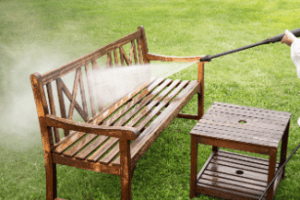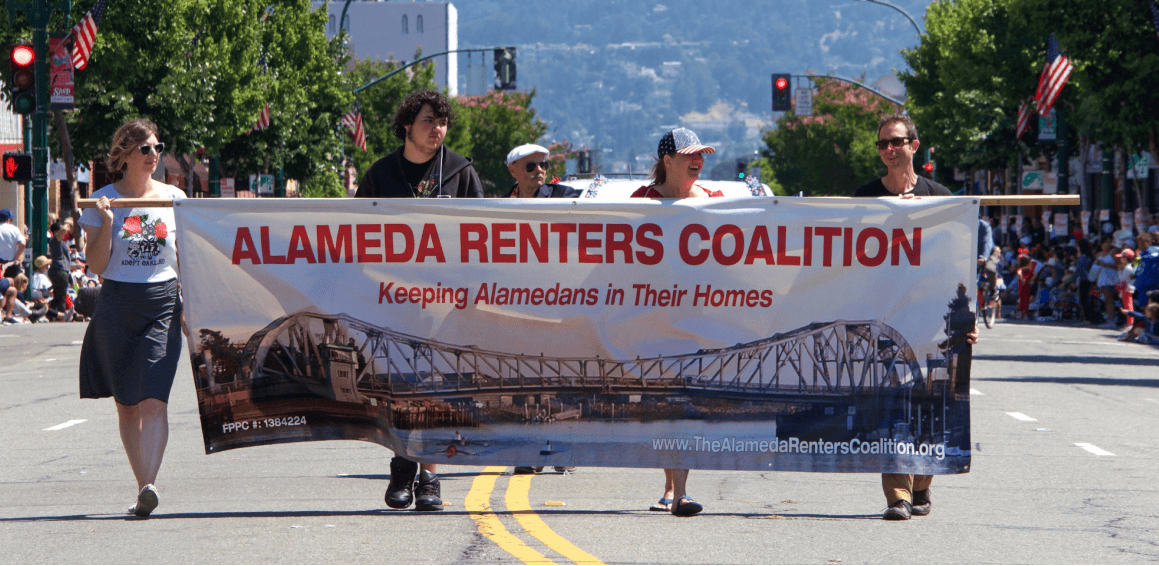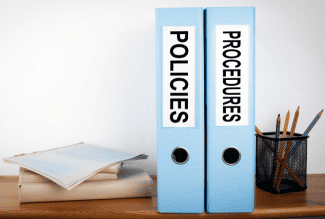Staying Competitive and Sticking to the Basics in Multifamily

In today’s market, we continue to see high demand in the multifamily rental industry, yet the basic priorities remain in place: leasing up properties, staying competitive, and providing quality housing.
New communities have the latest amenities to stay on-trend, but older communities that lack the latest interior and exterior updates can struggle to stay competitive. Rather than coming up with elaborate techniques to attract new prospects and retain current residents, property management teams can practice fundamentals like putting residents first, conducting market surveys, giving older properties a facelift and updating the roster of community perks.
Putting Residents First
One of the most basic but important tactics to staying competitive, especially for older communities, is showing residents how much on-site and property management teams care.
Despite the few who like to keep to themselves, many residents want to feel valued in the community where they live, and it’s simple to achieve this. One example is property management and on-site teams hosting a schedule of fun activities and incentives for a coordinated resident-appreciation week. Genuine gestures like these go a long way with residents and will likely result in an increase of their overall satisfaction with the property. In addition, maintenance continues to be a priority with all residents. Make sure those maintenance requests are handled promptly and thoroughly, and if follow-up is necessary, communicate clearly with the resident.
Conduct Consistent Market Surveys
Property management teams should conduct consistent market surveys to not only understand the competition but also to know what the current consumer is looking for and what is being offered in their submarket.
Conducting these surveys can help multifamily property managers understand when changes need to be made. Additionally, the surveys yield results about the demographics of the people living in multifamily communities. The results of these surveys can help older communities make the changes necessary to keep their residents satisfied, as well as attract prospective residents.
Property managers can also gather valuable information by conducting competitive secret-shopper research. To do this, the onsite property management teams can call or email competing multifamily communities in the surrounding area to gain a better understanding of the amenities that they offer (both around the community and in the units), the onsite events that they host for residents, and more. By doing this, older communities can get fresh ideas that will help them stay competitive in an expanding market.
Give an Existing Property a Facelift
Staying up to date doesn’t have to include building a brand-new community.
Older multifamily communities can stay competitive by identifying desirable amenities and in-unit features that need a facelift. This can mean updating existing appliances and features such as the paint and finish of an apartment’s walls and cabinets. A fresh coat of paint or an accent wall can make older rooms feel brand new. Changing appliances to stainless steel or black can help units stay in line with modern consumer preferences. These updates can be made in bathrooms, bedrooms and living rooms. As technology becomes a more sought-after feature by prospective residents, units can also benefit from additions of such features as smart thermostats and smart locks.
Update Roster of Community Perks
Lastly, updating the roster of community perks to feature on-demand amenities will help older multifamily communities remain competitive.
One community perk that older communities can add is housekeeping and trash pick-up services. One growing real estate trend is known as “hotelification,” which includes using technology and services to treat residents like hotel guests. This can include offering concierge services, as well as other common hotel services such as cleaning, dog-walking and more. Adding these services will allow older communities to align with new industry standards.
Regardless of whether the community is brand new or 30 years old, don’t forget to stick to the basics, which is providing a nice community someone is proud to call home and where they feel there is value in the rent they pay.
Source: Rental Housing Journal















 Accessibility
Accessibility